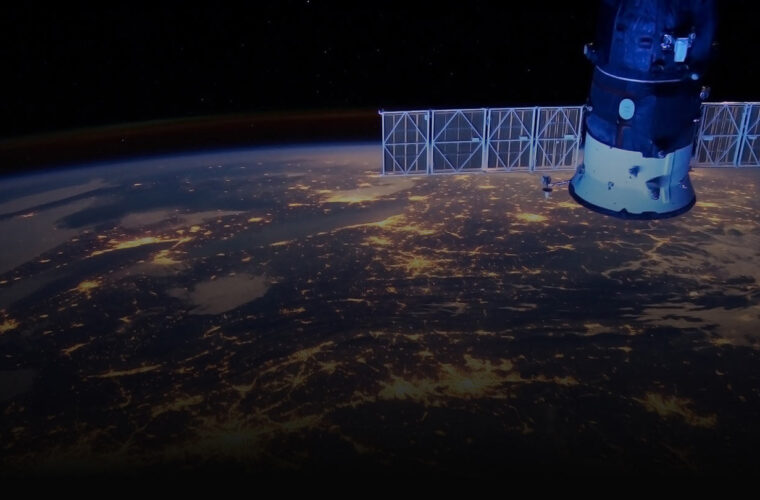New satellite data showing – Urban green spaces continue to decline across the world
Husqvarna Group unveils the Urban Green Space Report 2024, highlighting a concerning decline in urban green spaces worldwide. Analyzing satellite data and AI insights from 344 cities across 62 countries, the report reveals that 75% of these cities have seen a reduction in green spaces. The trend thus continues in the same direction as in previous years.
Since 2019, Husqvarna Group’s HUGSI (Husqvarna Urban Green Space Insights) has provided critical data on urban green space development. HUGSI’s tools are used in international research and as a basis for decision-making by cities around the world to plan based on the need for green spaces in the city.
“Green spaces are the lungs of the city, improving air quality, reducing noise and enhancing biodiversity meanwhile offering recreational opportunities. Therefore, we aim to raise awareness about urban green space development to promote sustainable cities,” says Erik Swan, green space specialist and project manager for HUGSI at Husqvarna Group.
Negative trend
Compared to previous year, the 344 analyzed cities have 63 million m2, less green space, contradicting the growing consensus on the importance of urban green spaces. A total loss of 158 million m2 of green space is recorded across the cities studied, primarily due to human activities like construction and urban expansion. On the other hand, a total of 95 million m2 of new green space were added or improved. Most of this increase is related to expanded areas of grass cover, likely due to weather events and other passive factors, rather than active greening efforts.
“Urbanization contributes to goal conflicts for decision-makers, where, for example, a hospital or a school may be built on a site where there was previously a small park. When green spaces are reduced in favor of constructed space, cities tend to get warmer, and the city’s ability to handle heavy rainfall decreases because the hard surfaces cannot absorb water in the same way,” says Erik Swan.
Europe – the greenest region in the world
The analyzed cities range from 3000 inhabitants in the Dutch city of Renswoude to 30 million in Shanghai, China. The average urban green space is 43%, varying from 25% in South & West Asia to 47% in Europe. For instance, Riyadh, Saudi Arabia, has only 1% green coverage, while in some smaller Dutch cities more than 70% of the measured areas are green.
Europe remains the greenest region, with cities like Rome and Edinburgh showing significant increases in green spaces. Vilnius, Lithuania, stands out among European capitals for its extensive and well-distributed green areas, often covered by trees. Prague, Warsaw, and Berlin also boast substantial and healthy green spaces.
Nature positive cities are possible
Despite the overall decline, 87 of the 342 analyzed cities managed to add more green space than they lost. Santiago is a notable example, with a net growth of 9.8 million m2 of green areas, likely due to heavy rains in June 2023.
“By tracking changes in urban vegetation, we can monitor the balance in each city. The fact that 25% of the cities managed to maintain or increase their green spaces shows that reversing the decline is possible,” says Erik Swan, green space specialist and project manager for HUGSI at Husqvarna Group.



